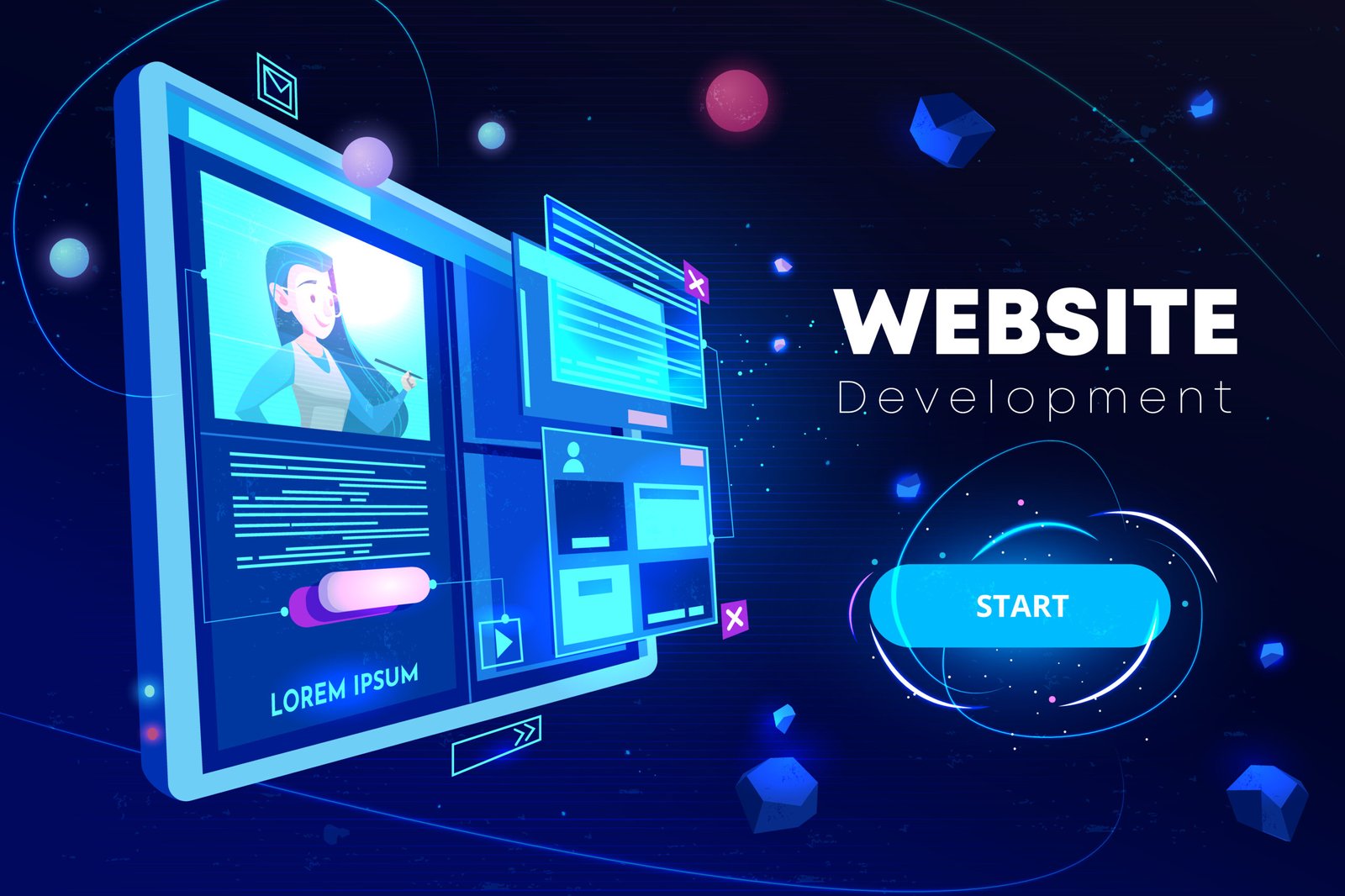Now Reading: Advanced SEO Strategies That Actually Work in 2025
-
01
Advanced SEO Strategies That Actually Work in 2025
Advanced SEO Strategies That Actually Work in 2025

Advanced SEO Strategies That Actually Work in 2025
Search engine optimization is no longer just about stuffing keywords or building backlinks. In 2025, SEO has evolved into a dynamic, user-first system powered by AI, voice search, semantic relevance, and mobile behavior. To rank well today, you need to think beyond basics and adopt advanced SEO strategies that focus on real intent, trust, and content experience.
If your goal is to stay ahead of the competition and keep growing organic traffic, these advanced SEO techniques can help you build authority and visibility in a saturated digital space.
Let’s dive into what actually works in 2025—and how to do it right.
1. Optimize for Search Intent, Not Just Keywords
Google’s algorithm now prioritizes search intent over raw keyword matches. That means it’s more important than ever to understand why someone is searching—and give them exactly what they need.
What You Should Do:
- Identify whether the intent is informational, transactional, navigational, or local.
- Group your content based on the user journey (awareness → consideration → decision).
- Use natural language and semantic variations of your primary keywords.
- Use tools like AlsoAsked, AnswerThePublic, or Google’s “People Also Ask” to map intent.
Example: Instead of just targeting “best budget laptops,” also create content for “which budget laptop is best for students in India 2025.”
2. Master Mobile-First SEO
Google uses mobile-first indexing, and with nearly 80% of users browsing via mobile, you can’t afford to ignore mobile optimization.
What You Should Do:
- Use a responsive design with fast-loading images and fonts.
- Reduce bounce rate by simplifying navigation and improving tap targets.
- Ensure all buttons, CTAs, and forms are mobile-friendly.
- Test your mobile experience using Google Mobile-Friendly Test and PageSpeed Insights.
Pro Tip: Design content for thumb-scroll behavior. Users skim on mobile, so use short paragraphs, clear subheadings, and visual breaks.
3. Leverage AI-Generated Insights (Not AI-Generated Spam)
AI tools like ChatGPT, Jasper, or SurferSEO are amazing for research, outlines, optimization, and brainstorming. But Google is cracking down on generic, low-quality AI content.
What You Should Do:
- Use AI for support, not automation. Add your voice, insights, and real-world examples.
- Regularly update old AI-supported posts with fresh data and personal experience.
- Use tools like SurferSEO or Frase.io to optimize for NLP entities and topic coverage.
In 2025, human-edited, AI-supported content is ranking—pure AI content without personalization is being ignored or penalized.
4. Include Voice Search Optimization
Voice search continues to grow with smart devices and mobile usage. Queries are longer and more conversational.
What You Should Do:
- Focus on long-tail, question-based keywords (how, what, why).
- Add FAQ sections using natural phrasing.
- Use schema markup for FAQ, How-to, and LocalBusiness to increase voice compatibility.
- Optimize for featured snippets (Google Position 0).
Voice-friendly content is direct, concise, and formatted for quick answers.
5. Build Topical Authority, Not Just Backlinks
Backlinks still matter—but topical authority is what really sets high-performing websites apart in 2025.
Google favors websites that go deep within a niche, providing comprehensive, well-organized information.
What You Should Do:
- Create pillar content and cluster it with supporting articles.
- Internally link your content smartly using topic-based navigation.
- Cover multiple angles of a subject: how-to guides, trends, FAQs, case studies, etc.
- Don’t just rank for keywords—rank for topics.
Think like a library: be the go-to source on your subject.
6. Improve Core Web Vitals and UX Signals
Google’s Core Web Vitals and page experience updates continue to impact rankings. Slow, cluttered, or difficult-to-navigate sites lose out.
What You Should Do:
- Optimize Largest Contentful Paint (LCP): Load content within 2.5 seconds.
- Minimize Cumulative Layout Shift (CLS): Avoid page shifts while loading.
- Improve First Input Delay (FID): Make your site interactive quickly.
- Use tools like Lighthouse and GTmetrix to track performance.
Don’t just optimize for Google—optimize for real humans using real devices.
7. Focus on Content Experience, Not Just Readability
Content needs to engage users. That means beautiful formatting, clarity, and helpful design.
What You Should Do:
- Use scroll-stopping headlines, visual breaks, and scannable bullet points.
- Include rich media: infographics, videos, charts, or audio.
- Guide the reader with logical structure: H2s, H3s, summaries, CTAs.
- Add trust elements: author bio, last updated date, sources.
In 2025, content that looks great and feels interactive holds attention—and ranks better.
8. Local SEO and Hyper-Targeting Are Still Gold
Local businesses or service-based sites must focus on hyperlocal visibility—especially with the rise of voice and mobile searches.
What You Should Do:
- Keep your Google Business Profile fully updated with photos, hours, FAQs.
- Add local schema markup to your website.
- Create location-based landing pages with unique content.
- Get local citations and encourage real customer reviews.
“Near me” searches have grown rapidly—and Google prioritizes proximity and trust.
9. Refresh and Repurpose Old Content
Older blog posts and pages that once ranked may have slipped down the SERPs. But that doesn’t mean they’re dead—they’re a goldmine.
What You Should Do:
- Audit your content regularly (tools: Ahrefs, Screaming Frog, Google Search Console).
- Update statistics, improve formatting, add internal links.
- Turn blog posts into carousels, YouTube shorts, or infographics.
- Combine related posts into updated, long-form evergreen content.
Updating old content can bring faster traffic gains than publishing something brand new.
10. E-E-A-T: Experience, Expertise, Authority, Trust
Google continues to emphasize E-E-A-T (Experience, Expertise, Authority, and Trust). That means users and algorithms want to know who you are and why you matter.
What You Should Do:
- Add author bios with credentials or lived experience.
- Cite credible sources, add case studies, and link to real data.
- Get featured or mentioned in reputable publications (digital PR helps).
- Show your face—add images, interviews, podcasts, or social proof.
People don’t just want content—they want trusted voices behind it.
SEO in 2025 is smarter, deeper, and more human than ever before. The days of shortcuts are gone. What works now is intention, depth, clarity, and experience—for both users and search engines.
If you want to win in today’s SEO world:
- Understand your audience’s real questions
- Deliver better content than anyone else
- Keep improving the speed, quality, and usefulness of your site
SEO is no longer a one-time tactic. It’s a living strategy—one that grows alongside your brand and your audience.














